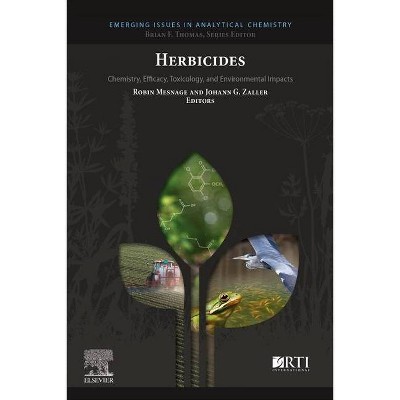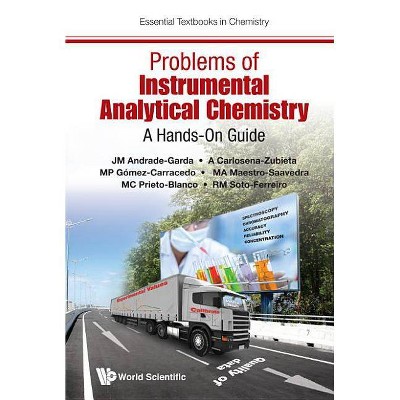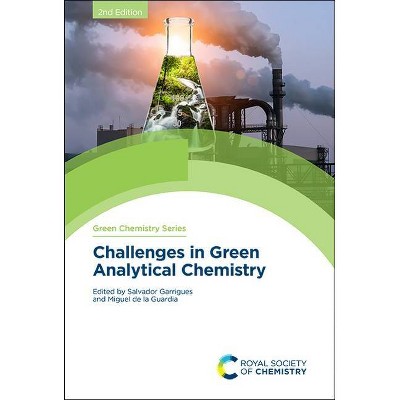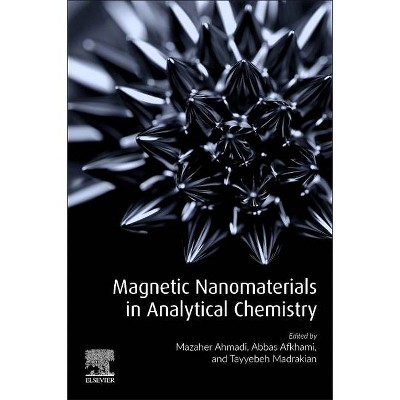Particulates Matter - (Emerging Issues in Analytical Chemistry) by Vikram Rao & William Vizuete (Paperback)
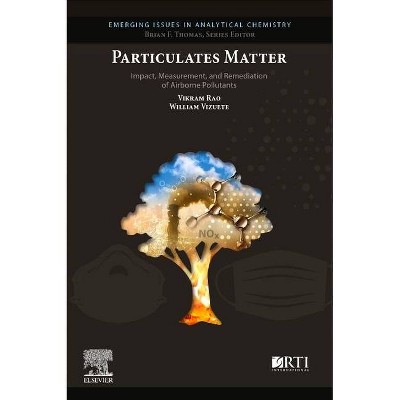
Similar Products
Products of same category from the store
AllProduct info
<p/><br></br><p><b> Book Synopsis </b></p></br></br><p>A title in the <i>Emerging Issues in Analytical Chemistry</i> series<i>, Particulates Matter: Impact, Measurement, and Remediation of Airborne Pollutants </i>provides the latest technical findings in the study of particulate matter (PM). It links these findings to awareness-raising and actionable schemes for legislated remediation and engineered solutions. Written in an engaging and informative manner, the book begins with a multi-disciplinary overview of the major sources and unique classes of PM, detection techniques, and their impact, including molecular changes resulting in health effects. It then goes one step further by proposing and examining the means to curtail and contain PM generation and ameliorate their impacts.</p> <i> <p>Particulates Matter: Impact, Measurement, and Remediation of Airborne Pollutants </i>offers a high-quality reference guide to PM that will greatly benefit technology leaders in environmental compliance groups, epidemiologists and other public health professionals focused on pollution and health, and researchers and scholars working in pollution, climate change, and urbanization. It may also be useful to advanced undergraduate and early graduate students in environmental sciences.</p><p/><br></br><p><b> Review Quotes </b></p></br></br><br><i>This well-crafted book covers broad swathes of contemporary air pollution science, public health and policy with a select and authoritative bibliography. The authors expertly distill accurate scientific detail into readily understandable concepts while maintaining excellent balance. Readers are led on an enjoyable path from the source, composition and health impact of airborne particulates through some of the mainstays of aerosol physics, atmospheric chemistry, good and bad ozone, to the history and implications of climate change. Attention is paid to emerging issues such as wildland fires amidst the backdrop of household biomass burning in the developing world; the emergence of SARS CoV-19; and other potential vulnerabilities associated with poor air quality. The book also provides excellent descriptions of the internal combustion engine, energy generation from fossil fuels and renewables, and the control technologies associated with these processes. Interesting vignettes peppered throughout the volume describe real-life examples of the subject at hand in a more conversational manner that enhance the readability. This book is an excellent primer for laypersons and scholars alike who wish to know more about the sources, environmental fate and public health implications of airborne particulates and other pollutants from both local and global perspectives.</i> --M Ian Gilmour Ph.D, DABT, Chief, Cardiopulmonary and Immunotoxicology Branch, Public Health Integrated Toxicology Division, Center for Public Health and Environmental Assessment, Office of Research and Development. U.S. Environmental Protection Agency<br>
Price History
Price Archive shows prices from various stores, lets you see history and find the cheapest. There is no actual sale on the website. For all support, inquiry and suggestion messagescommunication@pricearchive.us
